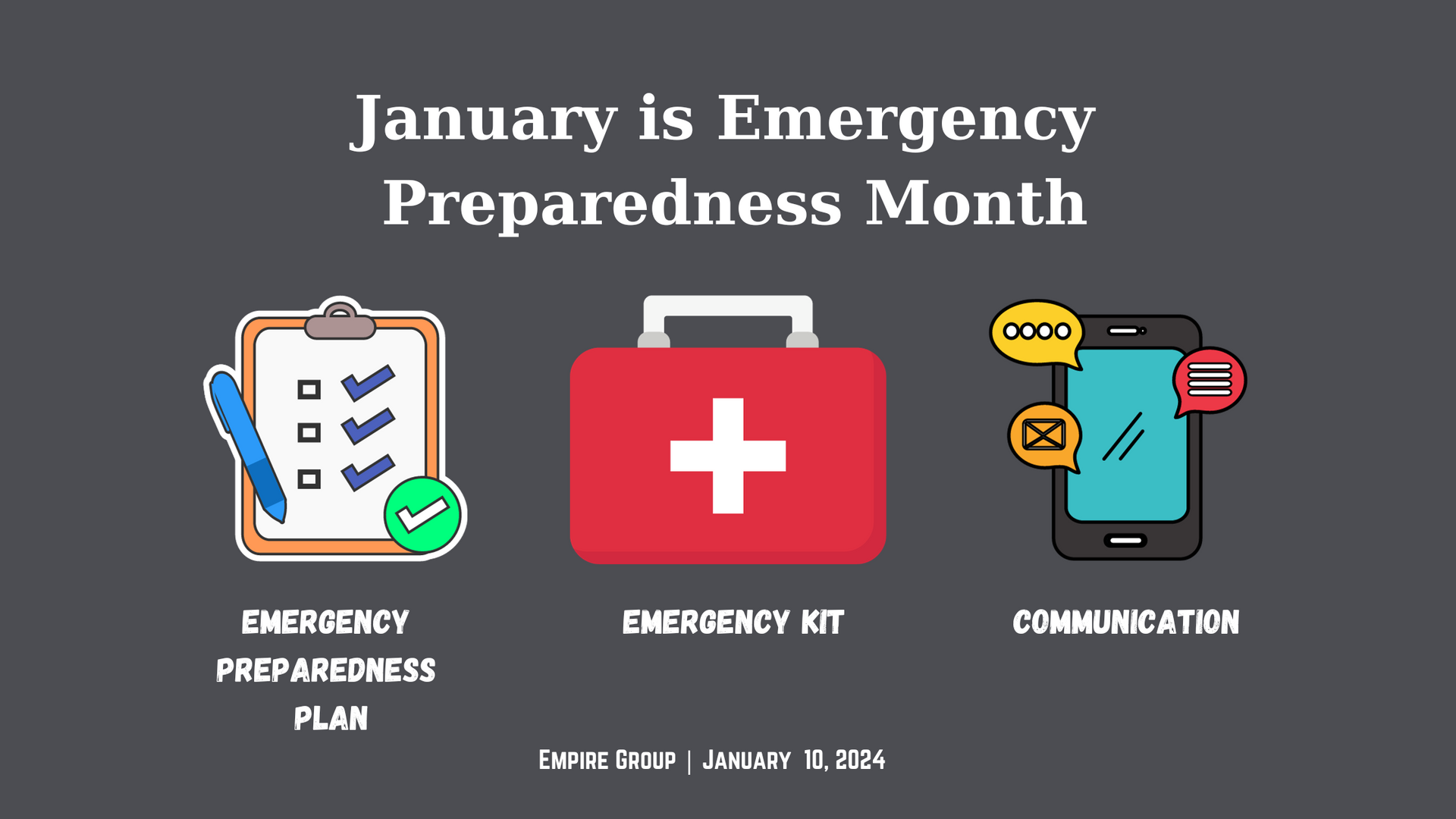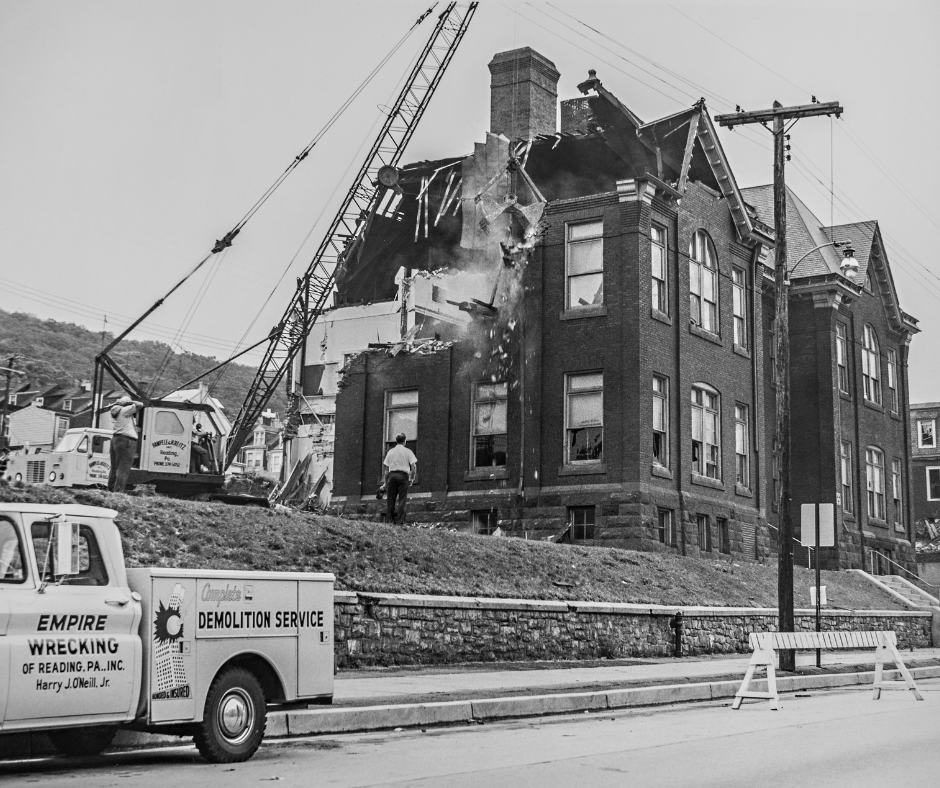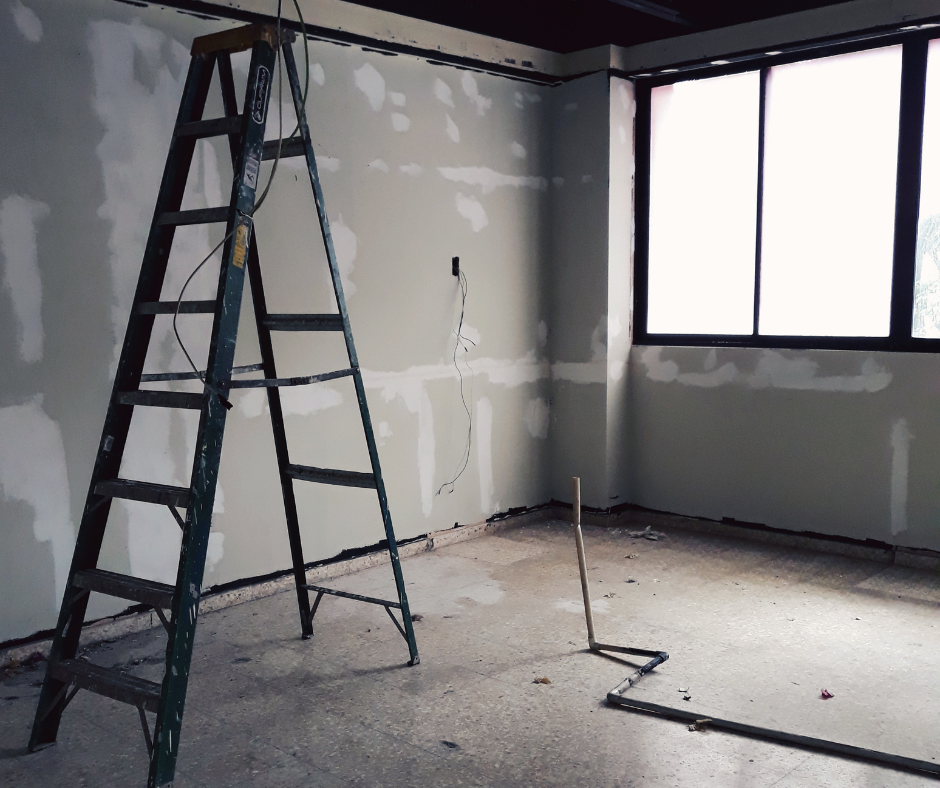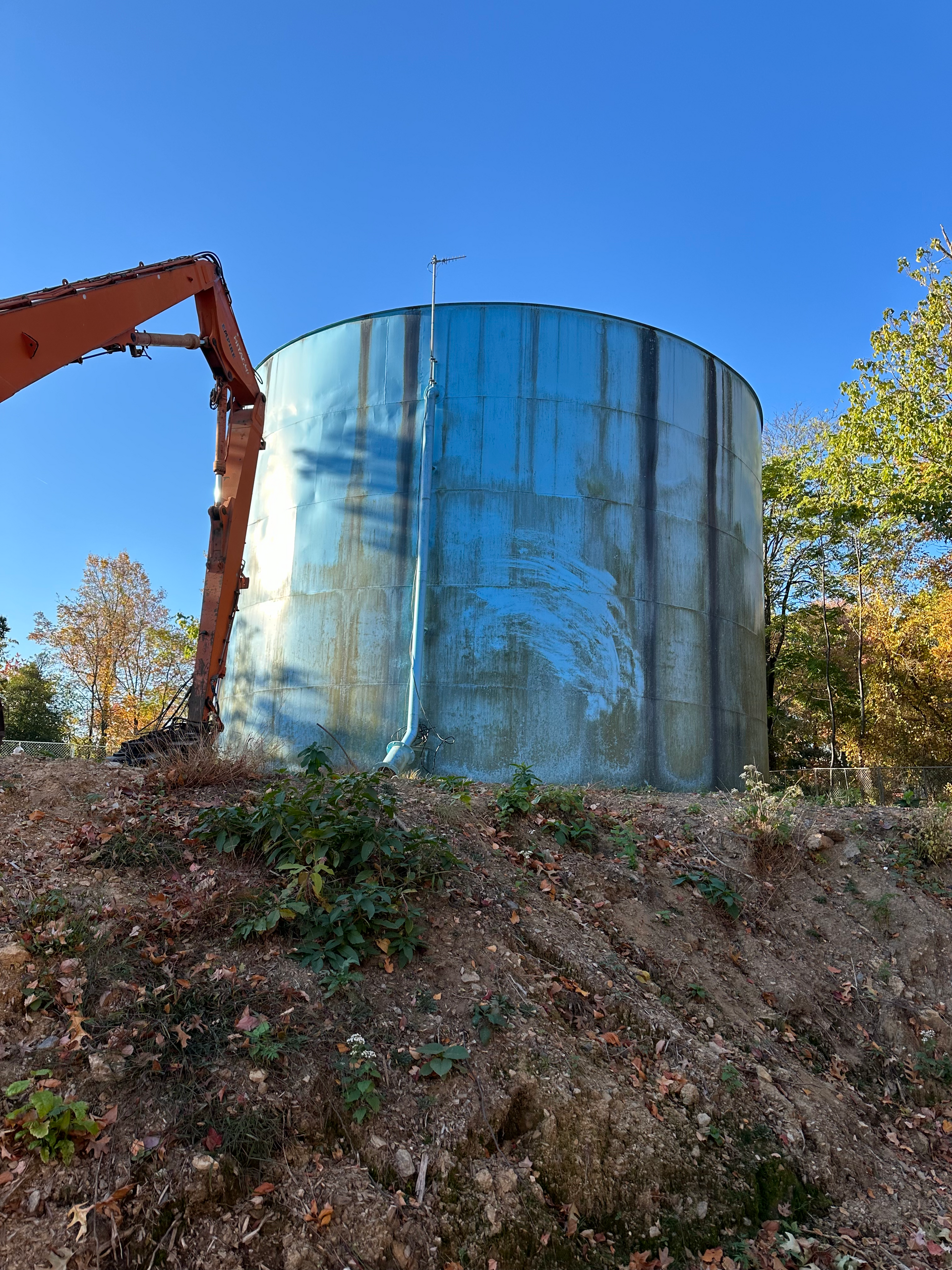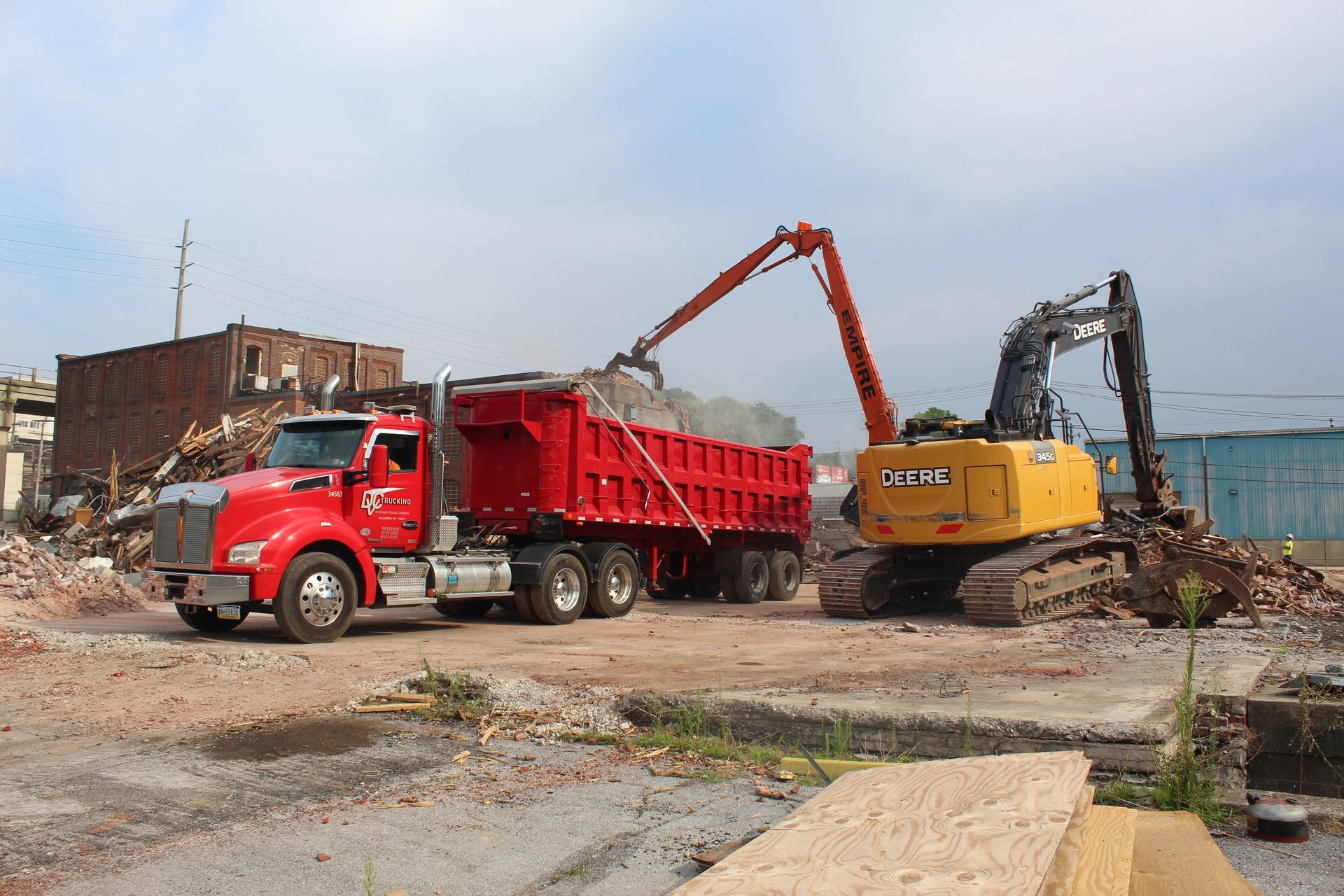By Empire Group
•
March 18, 2025
When it comes to construction, maintenance, or even household tasks, ladders are an essential tool. However, improper use of a ladder can result in serious injuries, fatalities, and property damage. Ladders come in various shapes and sizes, making it tempting to use the same ladder for multiple purposes. But without proper education and safety awareness, accidents can happen. That’s why National Ladder Safety Month, observed every March, plays a crucial role in reducing ladder-related accidents. What is National Ladder Safety Month? National Ladder Safety Month is a campaign organized by the American Ladder Institute (ALI), aimed at raising awareness about the importance of ladder safety. The initiative strives to reduce the number of ladder-related injuries and fatalities through education, resources, and safety guidelines. Whether at home, work, or on construction sites, this month educates individuals on following proper ladder safety practices to prevent accidents. This year, ALI will focus on training and awareness; inspection and maintenance; stabilizations, set-up and accessories; and safe climbing and positioning. Why Ladder Safety Matters Did you know that over 680,000 people worldwide die each year from falls? In the United States alone, more than 160,000 individuals end up in emergency rooms due to ladder-related injuries annually. These statistics are staggering, and the majority of ladder accidents occur due to human error or negligence. From construction workers to DIY enthusiasts, ladder safety should be a top priority for everyone. Common Causes of Ladder Accidents Ladder accidents are often preventable with the right safety precautions. Here are some of the most common causes of ladder-related injuries: Incorrect Ladder Choice : Using the wrong ladder for the task at hand is one of the most common mistakes. Whether it’s the wrong height, type, or weight capacity, choosing the right ladder is crucial to safety. Poor Ladder Setup : A ladder that isn’t placed on stable, level ground or set at the proper angle can easily become unstable and cause a fall. Overreaching : Stretching too far while on a ladder can destabilize it, increasing the risk of a fall. Always ensure your body remains within the ladder's frame to maintain stability. Ignoring Weight Limits : Exceeding the ladder’s weight capacity can cause it to collapse. Always check the weight rating and ensure that it is sufficient for both you and any tools you may be carrying. Neglecting Safety Precautions : Failing to use additional safety gear, such as stabilizers or harnesses, may seem like a time-saver but can significantly increase the risk of injury. The Importance of Ladder Safety Training To prevent accidents and ensure compliance with safety regulations, ladder safety training is essential. According to the Occupational Safety and Health Administration (OSHA), ladder safety is governed by Title 29 of the Code of Federal Regulations (CFR) Part 1910.23 . This regulation sets the standards for ladder use in various environments, including workplaces, construction sites, and other industrial settings. Having proper training is vital not only to comply with OSHA regulations but also to protect workers from avoidable accidents. Empire Group’s safety team, through its affiliate Elk Environmental Services , offers ladder safety training programs designed to meet these standards. Their courses cover topics such as: Ladder Safety Awareness for Construction Stairways and Ladders for Construction Ladder Safety for General Industry These programs are led by experienced OSHA Outreach Trainers Ed Clemas and Jamie Caron , ensuring that you receive the latest safety practices and guidelines. Elk Environmental Services offers over 40 safety training programs (in-person and online), many of which provide certifications and, in some cases, Continuing Education Units (CEUs). Ladder safety is crucial for preventing accidents, injuries, and fatalities. Whether you're working in construction, maintenance, or even around the house, understanding the proper use of ladders and taking part in National Ladder Safety Month can help prevent unnecessary harm. Make sure you’re choosing the right ladder, setting it up correctly, and following essential safety precautions.
